Mission type Test flight SATCAT no. 13300 Period 1.5 hours Dates 27 Jun 1982 – 4 Jul 1982 Landing date 4 July 1982 | COSPAR ID 1982-065A Orbits completed 113 Apogee 302,000 m Launch date 27 June 1982 | |
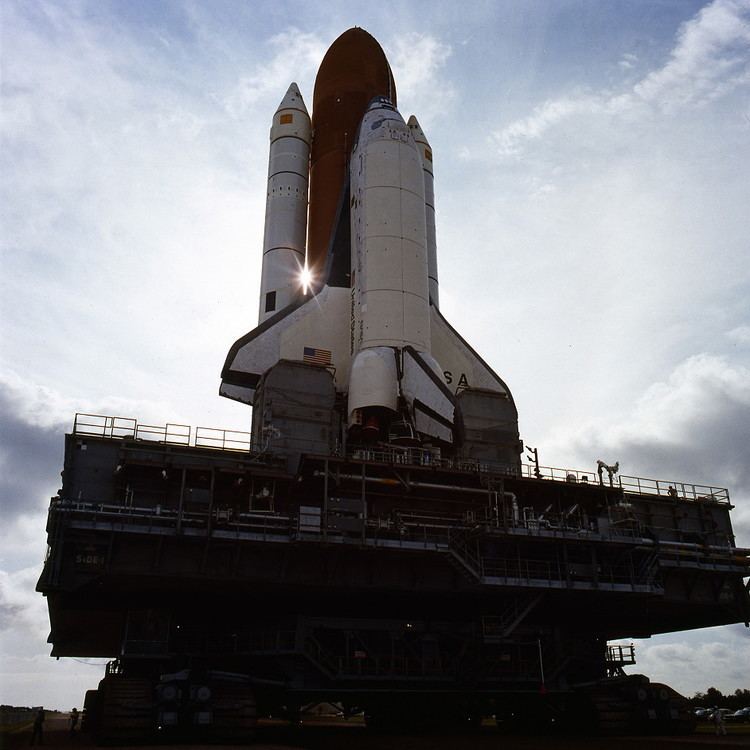 | ||
Mission duration 7 days, 1 hour, 9 minutes, 31 seconds Distance travelled 4,700,000 kilometres (2,900,000 mi) Members | ||
Ksp sts 4 space shuttle intrepid
STS-4 was the fourth NASA Space Shuttle mission, and also the fourth for Space Shuttle Columbia. The mission launched on 27 June 1982 and landed a week later on 4 July. STS-4 was the final test flight for the shuttle; it was thereafter officially declared to be operational. Columbia carried numerous scientific payloads during the mission, as well as military missile detection systems.
Contents
- Ksp sts 4 space shuttle intrepid
- Space shuttle flight 4 sts 4 post flight presentation
- Crew
- Backup crew
- Support crew
- Mission summary
- Mission insignia
- Wake up calls
- References
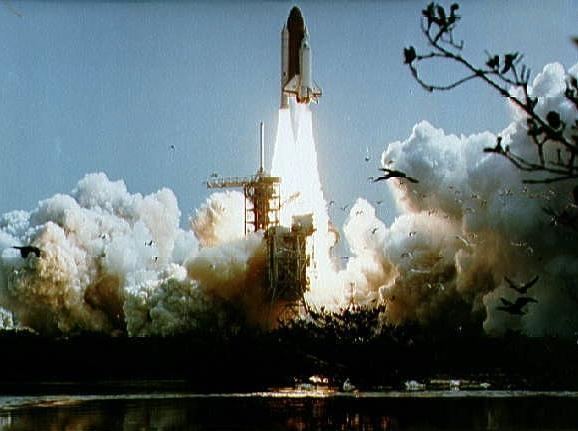
Space shuttle flight 4 sts 4 post flight presentation
Crew
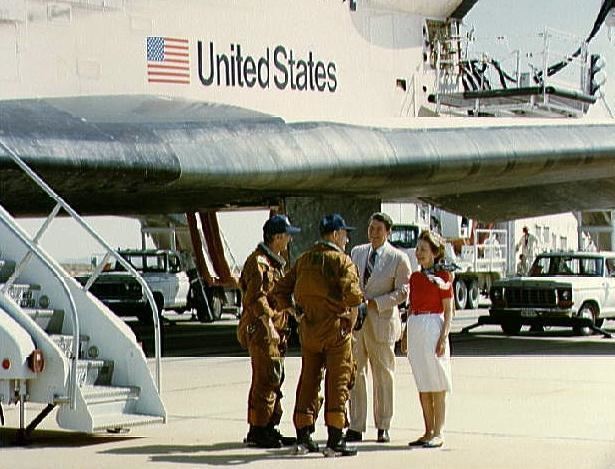
STS-4, being the last test flight of the Space Shuttle, was also the last to carry a crew of two astronauts. Commander Ken Mattingly had previously flown as Command Module Pilot on Apollo 16, and was also the original Command Module Pilot for Apollo 13 before being infamously replaced by his backup, Jack Swigert. Mattingly was also instrumental in returning the Apollo 13 crew safely back to Earth after the accident that prevented them from landing on the Moon. Hartsfield was a rookie who had transferred to NASA in 1969 after the cancellation of the Air Force's Manned Orbiting Laboratory program. He had previously served as a capsule communicator on Apollo 16, all three Skylab missions, and STS-1.
Backup crew

From STS-4 onwards, NASA halted the appointment and training of complete backup flight crews. Instead, individual flight crew members were assigned backups who could take their place within the prime crew. The decision on whether to appoint a reserve crew member was made on a per-flight basis by flight management teams at Johnson Space Center. Consequently, the last NASA flight to have a full-time backup crew was STS-3.
Support crew
Mission summary
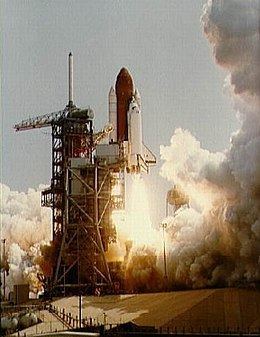
STS-4 launched from Kennedy Space Center (KSC) on 27 June 1982 at 11:00 am EST, with Ken Mattingly as commander, and Henry Hartsfield as pilot. This mission marked the first time the Space Shuttle launched precisely at its scheduled launch time. It was also the last research and development flight in the program, after which NASA considered the shuttle operational. After this flight, Columbia's ejection seats were deactivated and shuttle crews would not wear pressure suits again until STS-26 in 1988.
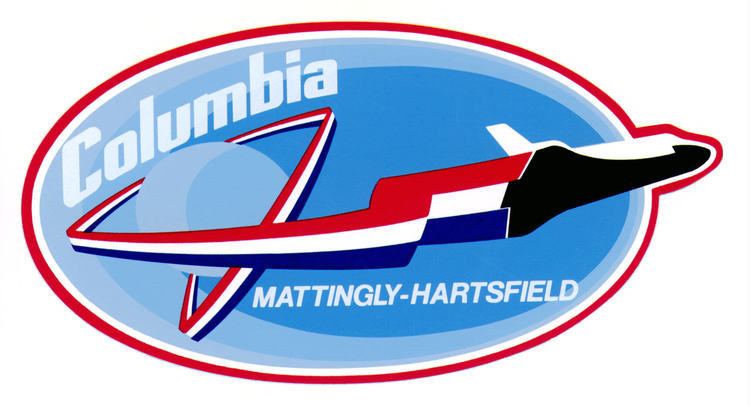
STS-4's cargo consisted of the first Getaway Special payloads, including nine scientific experiments provided by students from Utah State University, and a classified US Air Force payload of two missile launch-detection systems. A secret mission control center in Sunnyvale, California participated in monitoring the flight. Mattingly, who was an active-duty naval officer, later described the classified payload – two sensors for detecting missile launches – as a "rinky-dink collection of minor stuff they wanted to fly". The payload failed to operate.
In the shuttle's mid-deck, a Continuous Flow Electrophoresis System and the Mono-disperse Latex Reactor flew for the second time. The crew conducted a lightning survey with hand-held cameras, and performed medical experiments on themselves for two student projects. They also operated the Remote Manipulator System with an instrument called the Induced Environment Contamination Monitor mounted on its end, designed to obtain information on gases or particles being released by the orbiter in flight.
Columbia landed on 4 July 1982 at 9:09 am PDT, on the 15,000 feet (4,600 m) concrete runway 22 at Edwards Air Force Base, the first Shuttle landing on a concrete runway. President Ronald Reagan and his wife Nancy greeted the crew upon arrival. Following the landing, President Reagan gave a speech to the crowd gathered at Edwards, during which he declared the Space Shuttle operational. He was followed by remarks from Mattingly and Hartsfield and a flyover of the new shuttle Challenger atop the SCA, headed for KSC.
The flight lasted 7 days, 1 hour, 9 minutes and 31 seconds, and covered a total distance of 4,700,000 kilometres (2,900,000 mi) in 112 complete orbits. The mission achieved all objectives except for the Air Force payload, but the SRBs were lost when their main parachutes failed, causing the empty casings to impact the ocean at high velocity and sink. This and STS-51-L were the only missions where the SRBs were not recovered. Columbia returned to KSC on 15 July.
Mission insignia
The path of the red, white, and blue streak on the mission patch forms the numeral "4", indicating the flight's numerical designation in the Space Transportation System's mission sequence.
Wake-up calls
NASA began a tradition of playing music to astronauts during the Gemini program, and first used music to wake up a flight crew during Apollo 15. Each track is specially chosen, often by the astronauts' families, and usually has a special meaning to an individual member of the crew, or is applicable to their daily activities.
